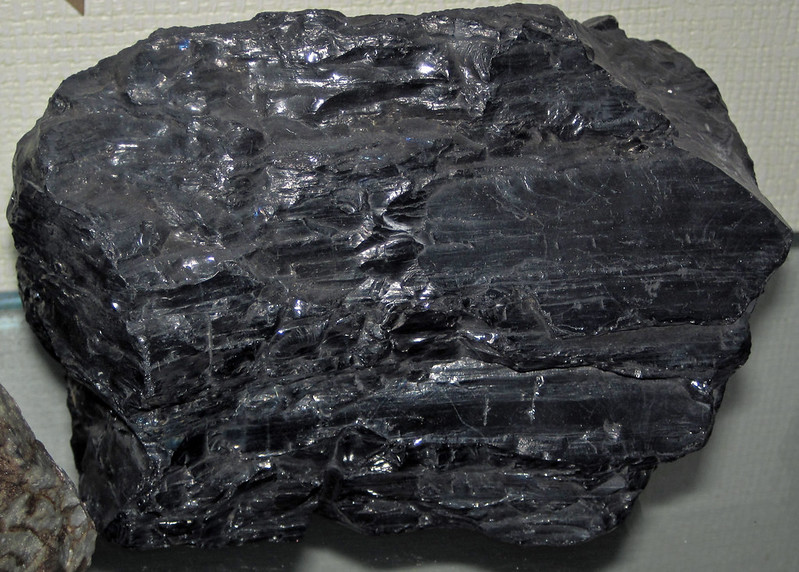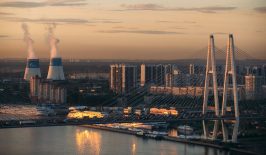Returning to a pre-industrial era before we started burning coal to try and avert climate change might sound like the stuff of dreams for some environmentalists. Now researchers in Australia have come up with a method of “undoing” emissions by turning them back into coal.
Carbon capture and sequestration via direct air methods – that is, taking carbon out of the air and depositing it where it will not enter the atmosphere – is a relatively new scientific field and one with a huge potential for mitigating the contribution of fossil fuel emissions to global warming.
Even more recent are the attempts to turn that captured carbon into something stable – such as basalt rock. We’ve previously reported on some ambitious direct capture innovations, including turning carbon dioxide into fuels and fertilizer.
That’s why news this week out of an Australian-based RMIT University lab is attracting significant attention. It involves a new class of non-toxic liquid metal catalysts, which pluck carbon out of the air, to turn it into what is essentially coal. Even better, it works at room temperature, meaning minimum heat energy is required to generate it. Other catalysts researched only work at temperatures above 600°C.
The liquid metal catalyst, which contains cerium nanoparticles, is charged with an electrical current.
Then it’s added to a solution of an electrolyte liquid and the dissolved carbon dioxide is piped in. In time, the CO2 dissolved gas converts into solid flakes of carbon. Pleasingly, another useful property is that the carbon doesn’t stick to the catalyst, but naturally detaches, allowing the continuous production of coal-like solids.
The work, published in the journal Nature Communications, by chemists Dr Dorna Esrafilzadeh and Dr Torben Daeneke, was also carried out in collaboration with universities across Australia, Germany, China, and the US.
Daeneke said converting CO2 into a solid in this way could offer a uniquely sustainable and viable approach. “While we can’t literally turn back time, turning carbon dioxide back into coal and burying it back in the ground is a bit like rewinding the emissions clock,” said Daeneke in a press release.
“To date, CO2 has only been converted into a solid at extremely high temperatures, making it industrially unviable. By using liquid metals as a catalyst, we’ve shown it’s possible to turn the gas back into carbon at room temperature, in a process that’s efficient and scalable. While more research needs to be done, it’s a crucial first step to delivering solid storage of carbon.”
As Daeneke hints, it’s a long way from the beaker to bulk busting of the burning global emissions problem. But, it’s where it starts, and combined with everyday actions, can lead to an overall fight to avoid rising temperatures.





